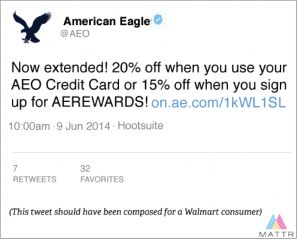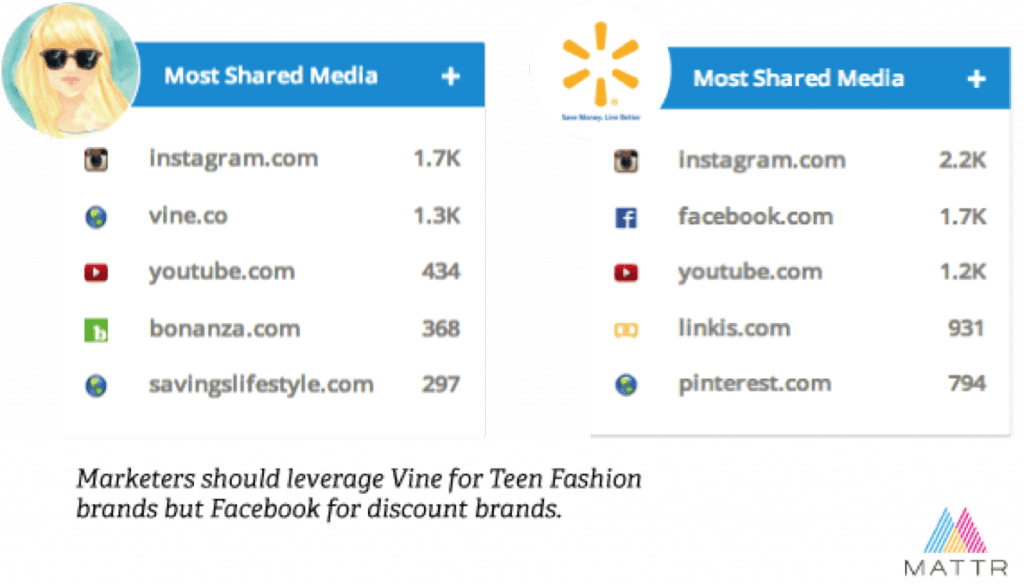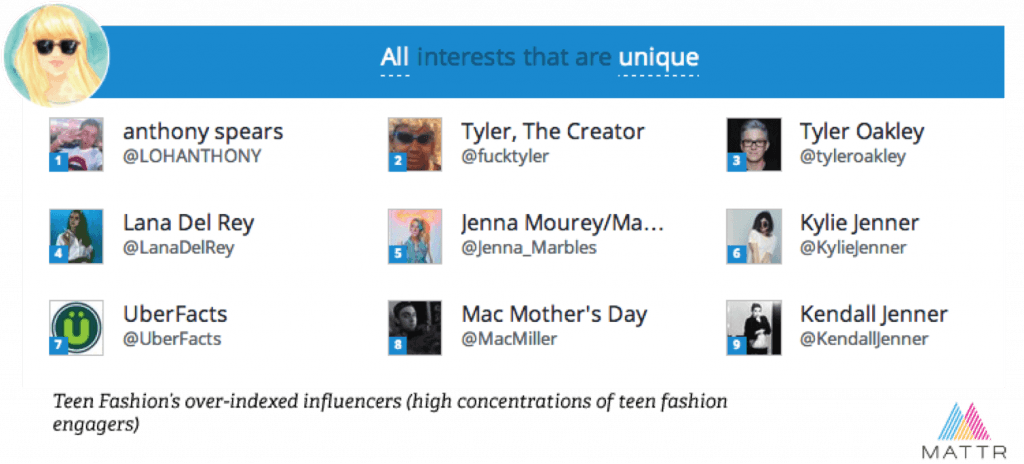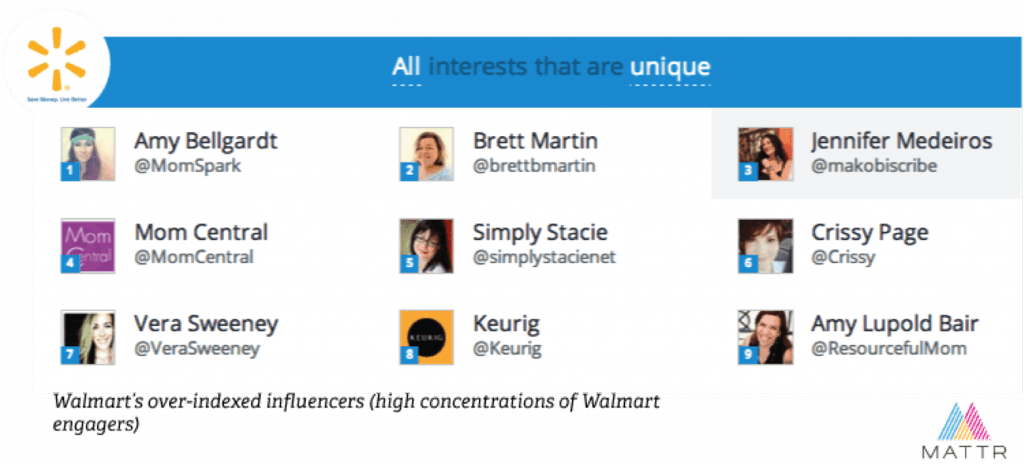(Originally posted in Convince&Convert)
Let’s be honest. For being the second-largest retail opportunity of the year, back-to-school shopping is about as exciting as a trip to the DMV.
Its bland predictability is a shame because there are nearly $300 per household at stake. Think of the millions of backpacks, sneakers, and No. 2 pencils smart retailers will sell before the first day of school.
Teen fashion brands are major stakeholders in the back-to-school frenzy. Abercrombie & Fitch, American Eagle Outfitters, and Aéropostale were all written off as dying brands, but they have one significant resource that gives them an edge: a much higher persona cardinality. This allows them to focus their creative, media, and influencer spending on one persona type rather than a blanket audience.
For big players and up-and-coming brands alike, it doesn’t matter how creative your advertising is. If you don’t take the time to tailor your message to the right consumer, it will get lost in the noise. To get on this year’s lucrative back-to-school shopping list, you need to tap into the power of flawlessly targeted social media campaigns and customer-specific messaging.
Here are three simple steps to ensure you’re reaching your target customer in the right way:
1. Hit the Right Tone With Your Content
There are two main customer personas vying for teen fashion revenue: bargain-hunting moms who prefer Walmart and Target and fashion-conscious teens who prefer Abercrombie & Fitch and American Eagle.
Walmart and Target’s social audience consists of mostly 25- to 34-year-old women with either wholesome or reliable brand personalities — people who click on simply worded, tangible content. These personalities respond to money words such as “discount” or “sale.”
Teen fashion engagers represent a completely different group. They have a rugged or daring brand personality and are known as the cynics of the brand personality spectrum. They’re turned off by hyperbole and fluff, and they don’t care for money words. An update that dotes “40 percent off!” won’t excite them, so save it.
Here’s a great example of an American Eagle tweet that missed the mark when it tried to use money words to entice teen fashion engagers:

You can almost hear the employee at American Eagle say, “But this is for Walmart people!”
When you’re after the rugged or daring teen fashion types, stay away from the simplistic, unambiguous content that wholesome types love, and focus on stylish, edgy content.
2. Choose a Targeted Platform, and Make It Visual
While most brand-sourced posts will benefit from a more visual platform such as Instagram or Vine, you still need to make this decision based on your target market research.
If you look at the teen fashion market, recent statistics might suggest that Facebook is still the most popular social media platform. But you can see below that the teen fashion crowd engages the most on other social sites, including Vine and Instagram.

However, Facebook does rank in the top two for Walmart’s 25- to 34-year-old group of wholesome or reliable women, and some surprising platforms — such as Bonanza — might be worth looking into.
Making an educated decision about where to focus your time and energy is absolutely crucial for capturing your audience’s attention. Abercrombie & Fitch, for example, will want to target younger consumers by concentrating on their influencer network and posting on mobile-friendly visual platforms such as Instagram and YouTube. On the other hand, brands targeting moms will have more success with Facebook and Pinterest.
3. Use Twitter to Identify Hard-Working Influencers
Twitter is the champion of all social platforms for analytics. It’s a great tool for vetting your would-be influencer and endorser network and making sure your content is tuned into the right brand personality.
For example, teen fashion influencers are heavy Twitter users with tweet histories going back thousands of engagements. These influencers are over-indexed — that is, uniquely popular among this persona — and completely different from the influencers of Walmart’s and Target’s markets.

In stark contrast to the teen fashion influencers, the following image of Walmart and Target influencers are clearly mommy bloggers who appeal to 25- to 34-year-old wholesome and reliable females.

Choosing the best influencer or endorser for your brand will help your back-to-school promotions work harder and your marketing budget go further.
It’s not about competing with other brands to get on the back-to-school shopping list. It’s about sharing a unique and specific message with a unique and specific audience that will scrawl your name at the top of that shopping list. Establish trust and build loyalty by targeting your social media strategy to a clearly defined customer persona, and you can’t go wrong.
